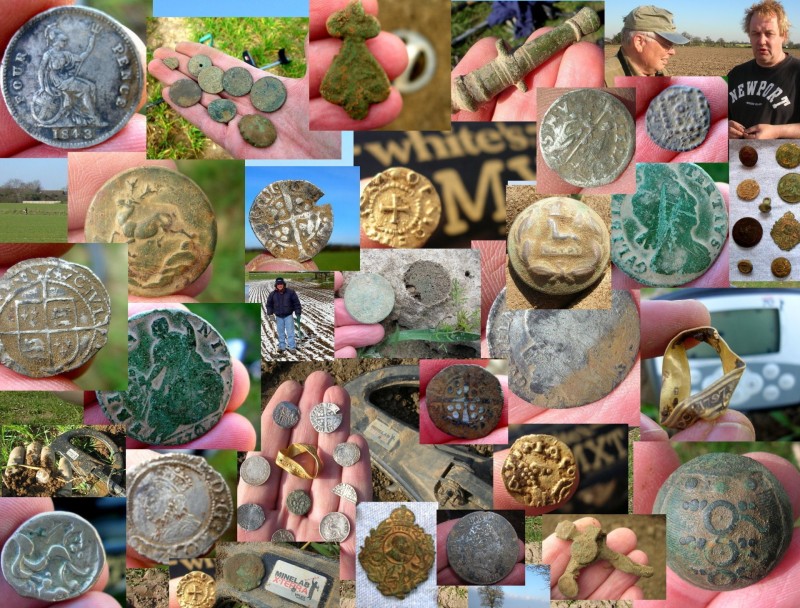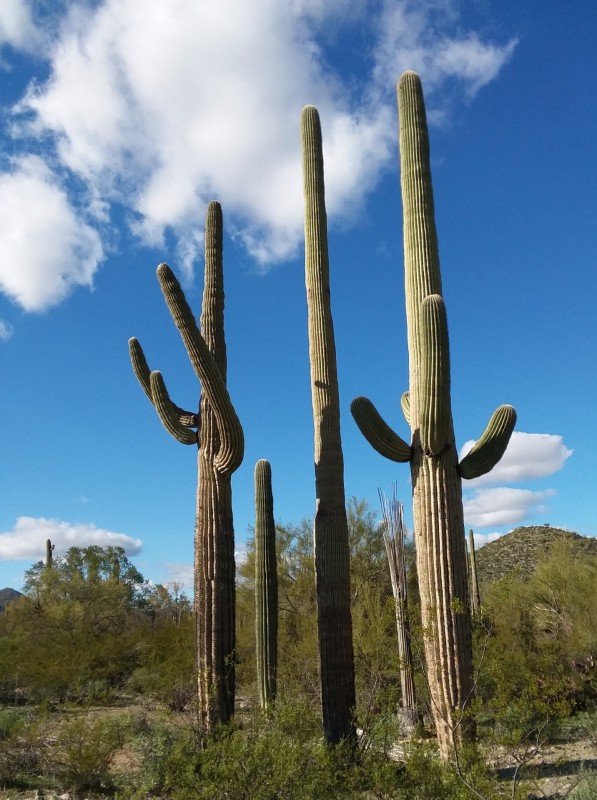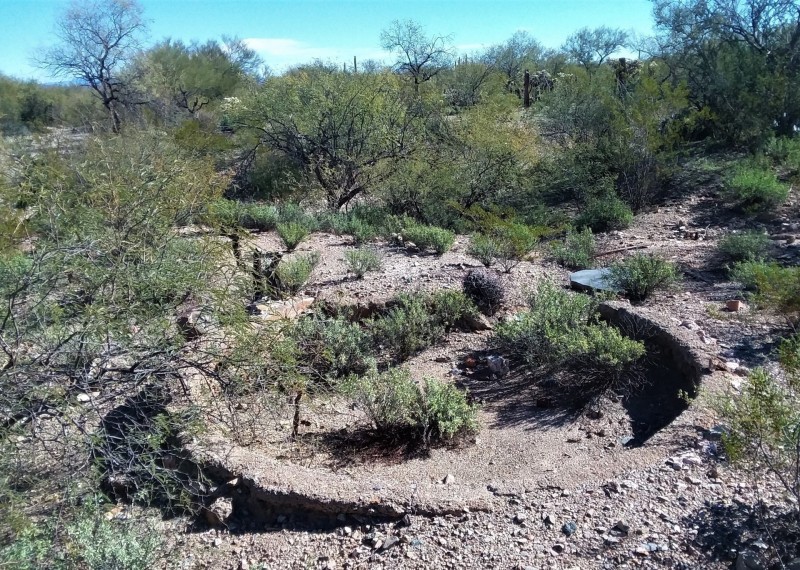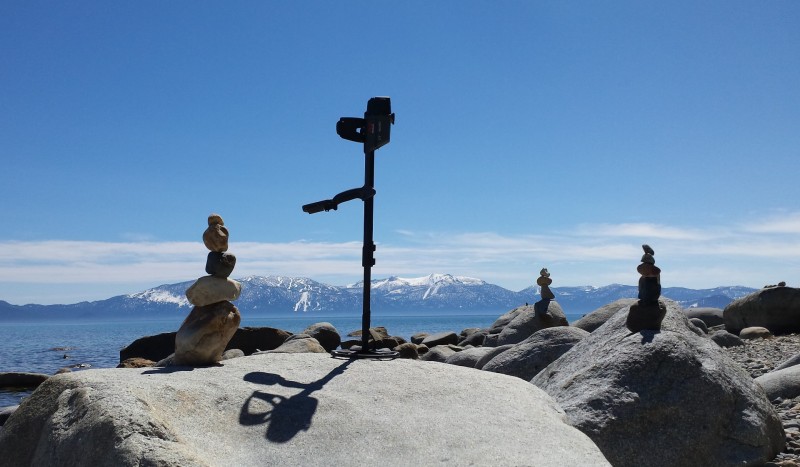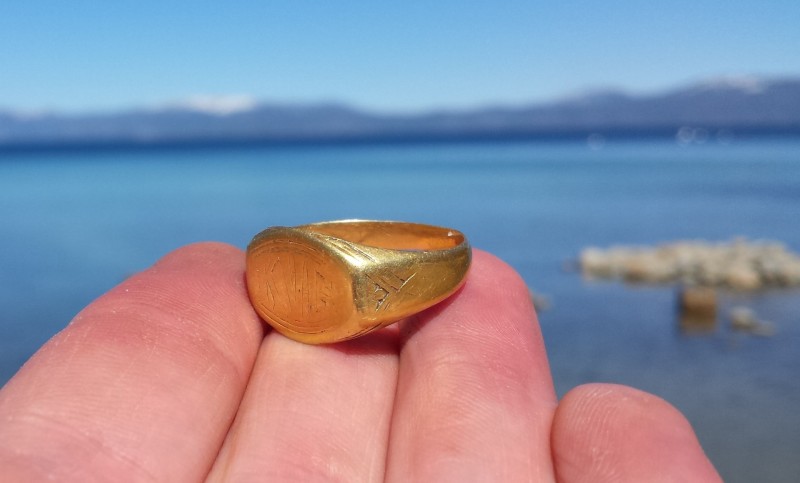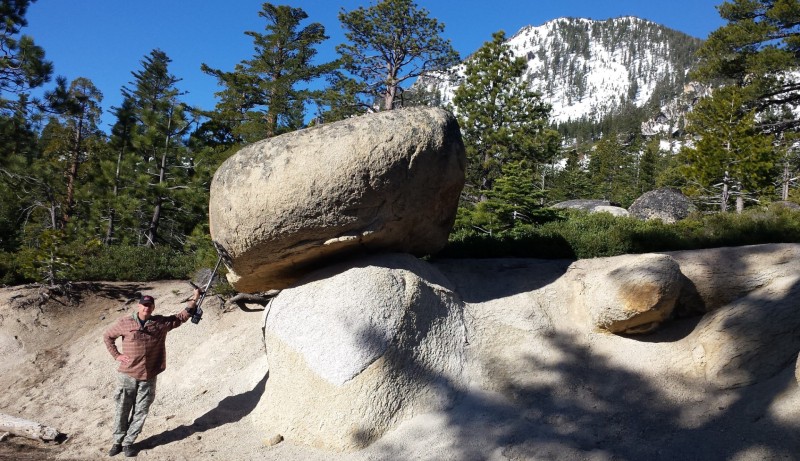-
Posts
2,197 -
Joined
-
Last visited
Content Type
Forums
Detector Prospector Home
Detector Database
Downloads
Everything posted by Gerry in Idaho
-

The 12x7 Exceed On The 6000 Is A Beast
Gerry in Idaho replied to Gold Ryder's topic in Detector Prospector Forum
That's a fine chunky au nugget and the depth is most amazing. Welll eanred. -

Garrett Axiom Rye Patch Rain And Nuggets
Gerry in Idaho replied to Calmark's topic in Detector Prospector Forum
Not my deepest Axiom gold but one I caught on video. Sorry for the extra exuberant...but I get all giggle when chunky in the hand. -

Garrett Axiom Rye Patch Rain And Nuggets
Gerry in Idaho replied to Calmark's topic in Detector Prospector Forum
Mark, Glad you were able to score some Rye Patch gold on the last soaking adventure. What's even more impressive is your ability to do it with the Axiom. I've said it so many times before, but some folks think it's sales talk. Glad you mentioned it as well. The Axiom with it's Fine Tuning capabilities can do things the more expensive GPX-6000 can not. As for depth, I've dug some 12"+ nuggets (specimens) and on bigger gold, the Axiom is so close to the GPX-6000, you are splitting hairs. My group was there training June 9th - 11th and the ground was not that bad, but it was still the worst June hunt I have ever done. I think 15 to 20 nuggets were found by all. There was a storm coming in when we left, so that must have been afterwards, as the pics below were not as such when we pulled out. Yes I was sent a couple pics of the cross roads to the burn barrel turn off. Looked like a serious gully washer came down. Majuba in the background. Again, great on you for realizing the situation you were in, the GPX-6000 was not the best tool. Thats why I always take a couple on any given trip. Lundy, When the ground is ideal, be sure to let us all know so we can head that way. -

Rough Roads After Heavy Rains
Gerry in Idaho replied to aerospace guy's topic in Detector Prospector Forum
Love seeing those cuts. Now you can say you went behind a GPX-6000 and found gold he missed and you didn't spend $2000 more either. -

Garrett Axiom Vs Minelab 6000
Gerry in Idaho replied to Dain Blackburn's topic in Detector Prospector Forum
Which is best? Heck man that's an open end question. Best at value? Best at Ergonomics? Best at Discrimination? Best at coil options? Best at durability and least amount of issues? Best at Relic Hunting? Best at small gold? Best at Big Gold? Best at User Friendly? I own both and have posted much gold found with both in times past. For a 50% more price increase of the GPX-6000 in the USA $6000 vs $4000 for the Axiom, what is best? I don't see the average person needing to spend the extra $2000 and in fact I would recommend that person get a good VLF to complement the PI. As I said, I own both and for now, plan on keeping both. But I use them as tools and can afford both. I'll be in the field soon and hopefully find some gold this year. So far my best piece is a small chunky specimen with the Equinox 900 -

Axiom Not Detecting Test Piece
Gerry in Idaho replied to Dain Blackburn's topic in Detector Prospector Forum
The Axiom is more sensitive than a GPX-4500, so you better contact your dealer and have him test it. I feel the Axiom is not working properly. You made a wise decision to upgrade and eventually you see the benefits of the Axiom. -
Jim McCulloch - "Paps", You have been an ambassador and inspiration for this industry for at least 30 yrs and probably longer. Names like Jimmy Sierra Normandi, Hoss Blackman, Larry Sallee, Jim Straight, James McCulloch (you), Woody Woodworth were all the bigger names when my puppy ears started listening for the nuggets. Sure I go back to the early 70's for Coin/Relics, but it was not until mid 90's I started taking gold detectors seriously. Thanks for the comments on my article being worthy of a magazine. What is a magazine anyway and are there any left?
- 22 replies
-
- advice and tips
- gold found
-
(and 1 more)
Tagged with:
-

Plagued By Dinks And Rain… Rye Patch
Gerry in Idaho replied to LuckyLundy's topic in Detector Prospector Forum
As MSC mentioned, that's pretty good for RP considering how hard it's been detected for 25 yrs. I noticed Larry had his detector set for bigger gold than you Lundy? Or is his old ears starting to miss the really small bits? Great on you both. Be sure and leave a few for my customers coming up for the training in June. -
SnakeJim - Glad you are using the features some detectors provide and saving your back/legs for another hunt. Yes, I too used to dig it all and then wondered why some machines have those features on them. Just like a new truck has options and features most of us never use, but in the right situation, those bells and whistles actually make the truck that much more enjoyable. Thanks for the input. D&P-OR (Del) - Eastern Oregon (my stomping ground as well) has some really nice gold. Here's a golden grin of the Idaho find before I cleaned it. Below is a pic after cleaning. Your neck of the woods below (Eastern Oregon). The 10 ozt. specimen below, I recovered in ore dump piles with a GM-1000 while training customers. They were running GPX detectors and the amount of iron they were digging was very frustrating for them. I tried explaining the importance of using different gold detectors in situations that can save time and energy. I used one of the students Monsters and recovered this $5000 rock. I didn't keep it though. When you hand over a chunk of gold that size to the claim owners and explain why they make different gold detectors with varying features, it surely makes a believer out of them. Could a GPX detect it? Most certainly, but they had about given up with those machines as most PI's raw depth and power is a double edge sword. It's a hard pill to swallow, when someone with a $5000 gets so frustrated and then a sub $1000 recovered the gold with much less effort. Just another reason why I try to help educate folks on the importance of different technologies and detector methods. As for the piece I recovered with 24K, that's an Idaho find from ore dump piles. The gold in the pic with the bill, is from Oregon and was also Ore Dump piles using Iron ID. Thanks for your enthusiasm. Blackjack - Most certainly different regions/areas require varying tactics. Knowing where/when to use Iron ID/Target ID/Disc is key. At one time (we all) used to dig it all. Some of eventually wonder if there is an easier or more proficient way. Most certainly is in many (not all) situations. Glad you are open to trying features on your detector. Heck, when the Equinox 800 came out, how many people actually used it for gold? Most laughed at me and thought it was all salesman talk. I'd say more on the subject, but my mouth is full at the moment. Thanks for your input as well. Geof_junk - Yes, it's an art in a way and knowing when/how to use it can be very beneficial. I realize many areas are not the same as I hunt here in the USA, but the area you show in the picture with rusty cans and tin, is a good place for different detecting techniques and approaches. Expert hunters as yourself even said you walked away. That's exactly my point. The best of us give up on certain areas and explore the fringes and outer perimeters of that site, in pursuit of less trash. But in all honesty, here in the US, it's time to go back to such sites and use features some of the detectors provided. 1st thing I would do on that site is drag some super magnet bars and try to remove as much as possible. You're experienced enough to know different tricks to get a few more pieces. Now, I agree 100% if small bits in that trash area, then I'm not as desiring to spend a lot of timing cleaning up the trash. Sure, I know some gold may still be there, but I'll chase bigger stuff 1st. Actually, at my stage of gold nugget hunting, I'm not one to get excited on small bits anymore and I don't do it for a living. the last 5 yrs, I spend most of my time focusing on the few bigger chunks. Thanks for adding.
- 22 replies
-
- advice and tips
- gold found
-
(and 1 more)
Tagged with:
-
Noriv - I'm totally content with you using zero DISC for those open areas. When I visited Au back in the 90's, I never once even thought of using DISC as the sites we hunted were as your mentioned and pretty much trash free. Sure there is the occasional surface target (usually trash), but nothing like I encounter here in the US as I mostly hunt previously worked gold bearing ground. And yes I agree, as we age with wisdom, we learn to conserve the amount of energy our body provides us each day and use it most wisely. No more spring chicken left. Thanks for chiming in. Gold Catcher - Yes for the average beginner Joe, I feel using DISC or Target ID features is not desired. Those folks have not learned the ropes yet and need to dig their share of holes. Heck, that's exactly why I don't mind having a group of newbies go swing an area before me. Just make sure they pack the trash out that they are digging. In the end it makes my job much easier when they remove the majority of trash. Yes, small gold and even bigger gold at depth will not register properly on all detectors. Each one built that has such features, there's a depth or ground conditions that all of them can be fooled. That's why when I'm at sites like Rye Patch and realize the gravy is gone, I'm more apt to use ZERO DISC. I usually won't chase those screamer surface targets out there either as 99% of the time, they are fresh bullets. Knowing when to be selective is very important. Thanks for adding. Andrew - I'm glad to see you chime in as I know your experience with a PI for relic hunting is near the tops. You have tested, compared and listened to enough targets to teach yourself the fine lines of PI's and how they respond. Heck, even your skill with many of the VLF's is tops. I've seen enough of your posts and videos to know you're one of the few who takes the time to go out and just compare/practice/train your ears. Using DISC in your head is very important and you do better than most. Jasong - Interesting quotes my friend. Being a WY guy who travels to many areas/states hunting gold, I think you/I are alike as we encounter many more options of gold bearing grounds. The rules to gold hunting? I honestly don't think there are rules to hunting gold, as there are to many variables for the ones who travel. That's part of the reason why some have success more often. But being able to adapt is a big part of it as well. Thanks for providing. Dirtman - The ear is a great tool. I just wish more newer customers relied on it and not the LCD screen on their detectors. Even advanced hunters such as yourself use Mind Discrimination and make a decision based on signal width, strength and site location. I noticed your profile does not give a location of you and it's hard to tell where you spend your hours swinging? Based of your comments and style of detecting, I'm willing to gestimate you usually don't hunt dredge tailings much? No worries, as many folks don't, just for the facts that not are around. Everyone has one.... I've seen that before. Alls good and thanks for input.
- 22 replies
-
- advice and tips
- gold found
-
(and 1 more)
Tagged with:
-
Detector Expert....I know more than most. Gold Prospecting Expert... Not exactly when compared to those I know who do ti full time. I sell detectors for a living and provide knowledge from my near 50 yrs of swinging them. I don't hunt gold for a living and I don't get checks from the manufactures. I have a select few customers who do hunt gold for a living and I'll warn most, it's sometimes a rough, solitude life with a different mindset.
- 22 replies
-
- advice and tips
- gold found
-
(and 1 more)
Tagged with:
-
The great debate of DISCRIMINATION, Iron ID and Target #'s when detecting for Gold. The war of words is about to begin. So lets try to stay on point and be courteous of others ways/ideas or skill levels for those who are newer to the game. This is an open end post and all who respond, reply, ask questions, disagree and or partially agree is 100% totally fine and discussion desired. So many times I’ve heard from the Experts who detect for gold, they say “Dig It All” and to never used Discrimination. So I guess there really is no debate? Just do what the Experts do and live with the results. Is that such like good advice from so called Experts. So if this is the case, then why do the detector manufactures offer it (discrimination or ID) on their machines? VLF Gold type detectors have had Iron Identification on some models since the 1980’s and I also know earlier General Purpose detectors offered DISC as far back to the early 70s. I imagine those of you who have been around for longer than I could even know of detectors with such capabilities go back before the dates I mentioned? Heck, even Minelab Pulse Induction detectors in the 1990’s provided Iron DISC feature. So are all those manufactures and variety of detector models, just selling us bells and whistles? Remember what so called Expert says, “dig it all”. The manufactures have to know something? Maybe there are times and or locations that Discrimination and or Iron ID is indeed a needed feature? Maybe the models with such are for dummies who know nothing as they have never spoken with an Expert? Could said Expert who does this for a living be wrong? Well most certainly not in his mind anyway. I’m going to give you my reasons why I end using detectors with the Iron ID or Discrimination features and I’ll even go into detail of using both the traditional VLF’s and the more robust Pulse Induction power detectors. I’m not an Expert and I do not do this for a living (well I do not hunt gold for a living), but I do sell detectors as my full time job. So since I’m not an Official Full Time Prospecting Expert, does that mean the knowledge I have of various detectors not count? That is to be debated down the road. I will say this though and those who know me for many years know I can back up my words with the amount of gold and the sizes of gold I have recovered. 1st off, when you are out there detecting, I want you to do what you are most comfortable with and what has provided you success on previous trips. I’m not here to make you change your ways. In fact, those of you who are just as happy with your results and not using DISC., I totally understand you are not about to change your ways. That’s totally fine with me…I’m happy for you. It’s the rest of the folks who are newer to the game of Electronic Prospecting for gold and or even those who are experienced hunters that have decent success…but you are wise enough to realize at times ..just maybe there is a better way at doing it? This article is for those folks. The average guy who goes detecting a few times at the same locations with a little jingle in the pouch. Your success at those sites tell, you’re doing it correctly so you’re quite pleased, happy and not willing to change your ways of thinking or doing things. I’m fine and happy for you. But, sorry that is not me. I’m all about Adventure and Travel with detectors in hand. I enjoy new detector technologies and trying to find ways to make them perform better for the task. I like gold and the varieties of gold I pursue is quite varied when compared to many other folks who chase it. I don’t know if it’s because of my knowledge and skill level of gold detecting or just that others are stuck in a pattern and don’t know any difference? My travels in pursuit of gold have guided me to more states than most (NV, OR, ID, MT, SD, WY, AZ, AK) 8 to be exact and 2 different countries (Australia and Mexico). I’m not counting gold jewelry and coins/artifacts (my list would be much larger), just natural Au gold in it’s raw form. All the states and countries I mentioned, I have had success with my metal detectors. In fact, I have yet to hunt a state and not find gold with a detector. CA, CO and UT will eventually get checked off my list. OK, back to the Discrimination/Iron ID discussion and why I want it on my detector tools. Why I feel DISC and Iron ID are of desired features on a metal detector and there are many times when they need to be used. Those features save me time and energy. Both Time and Energy are something I desire more and more each year and seem to get less and less of. A detector with the features of DISC and Iron ID can save me Time and Energy when digging. When I use a detector with such features, I get to SELECT the amount of targets I want to dig. Here is a typical situation I experience many times in my hunts. I hunt gold where gold has been found and I like to detect in such sites. Here are the main sites I prefer to hunt and use DISC and or ID machine. Old hand placer workings, Ore dump piles, and Dredge Trailing Piles. These golden grounds were proven producers at one time and they leave plenty of targets for us. Old hand placer workings (6 pics below of Au digs using PI DD coils with DISC or VLF's with VDI Readout) In OR, NV, ID, MT, and SD. The problem is most of the targets are trash and many of the trash items are man made iron. My DISC and Iron ID capable detectors save me time/energy in these gold rich locations. Using common math to show. How many times will that person dig in an hour? How many hours a day will that person hunt? How many days on that trip will they swing the detector and dig targets? Let’s say a person can dig 10 targets an hour and 6 hrs a day = 60 targets for the day. On average, average site produces 15 non ferrous targets and 45 iron targets. So of the 15 non ferrous targets, lets say 20% are gold (3 pieces of gold) of the 15 nonferrous targets and of the total 60 digs. In Eastern Oregon those numbers are pretty close. Here is where I like the ID. I can save Time and Energy by not having to dig 45 iron targets. I now am digging more non ferrous targets than the average guy so my gold count goes up. Say I saved T&E on those 45 iron targets so I still get the 15 Nonferrous, but the extra T&E allows me to dig 15 to 25 (not 45) more targets that are Nonferrous. I’ll be extremely on the cautionary side and say I only dug 15 more NF targets. That ends up 2X my gold count for the day and also still saved me T&E. Plus as well all know, the extra boost of finding more gold seems to earn me a little more Energy. Ore Dump/Hardrock Piles- (5 pics of success using VLF's & their Identification systems) Many areas I hunt in NV, ID, MT, OR and I’ve seen many in AZ have such hard rock ore dumps. Do you know the preferred detector for this kind of gold? Do you know if you take a target identification VLF and use it at such sites, you can recover more desired nonferrous targets. I select only certain VLF type detectors for these sites. Iron ID is nice and if that is all I have then most certainly, I use it. But I know (from previous testing) that certainly VLF gold capable detectors can go a step farther and provide me with even greater odds of Success at gold and saving me T & E. Dredge Tailing Piles – (8 pics of gold using VLF's & their ID features) Love hunting these locations and my success in Tailing Piles of ID, OR, AK, NV is golden. Some of my largest gold recoveries are from such piles and the funny part is most all of them were recovered with VLF detectors using Iron Discrimination. Why you ask? Because in dredge tailing piles, even a VLF detector can pick up a rail tie spike at 12” down. Even a VLF can hear a rusty prospectors tobacco tin or smashed sardine can at near a foot and a half deep. Even a VLF detector can hear at depths of 2 feet down for a rusty grease bucket or lid to a 55 gallon drum. How about the 55 gal drum itself…well I know for a fact some VLF detectors will respond pushing near 4 feet down. Are you man enough to dig those monster holes in loose rocks and gravel? If you have never attempted it, good luck. The material you are digging keeps caving in as you go down and the next thing you know…after 45 minutes, you have a 4 foot wide and 3 foot deep hole. Only another foot more to go. Oh those days…can kill an old mans ego for the whole trips…I’ve seen it happen. As you can see from the Success pictures, the ability to use Iron ID on Pulse Induction & VLF detectors has proved golden. Now, taking today's newer Identification ID machines a step further saves me much time on pursuing only the best and most probably signals to dig. No, there’s no magic to it, but I’ve learned a lot more than most about different kinds of gold and how it reads on these ID machines. So many of the sites I currently hunt, the bigger solid nuggets are gone and have been for 10+ yrs. But there’s still some of that specimen stuff the older technologies missed. Sites I enjoy detecting are the trash areas most others try for an hour or 2 and then they walk away is discuss. They’re tired of digging holes and finding iron nails, boot tacks and shovel heads. Sure, I dig a few of those shovel heads, but not as many as most others do. I’ve spent the time in the field and learned. I’ve purchased most of the newer technologies and tested/compared each to see how they stand. No one detector does it all, but I know this. I quality PI and a new technology VLF sure does cover most bases. After all, I can tell you with fact, that the last 5 yrs, my gold finds are better than most and the majority were recovered using my techniques in the locations I mentioned. It’s hard to beat what works and puts the gold in the safe. Knowing where and how varying gold finds register on your VLF detector is crucial. Here’s an example of what most folks encounter when in the field at an old gold producing site. Ore dump piles, are full of rail tie spikes and blasting caps. Also seems to be a beacon for lead bullets of a variety, but usually .22 and 9MM slugs. Many of my gold recoveries from these sites, the newest of VLF gold detectors can ID the difference between such targets. Also, the majority of gold specimens in a certain pile, seems to ID the same #’s or very close to it. Yes it does take practice and time to learn, but in the end, you have knowledge to be selective and save time/energy. Hand working placer digs has a bigger variety of trash items and one some of my locations, the gold is thicker, more dense and reads different. I usually use VLF ID’s to help identify and ignore the high conductor targets while concentrating on the lower ones. Most gold (not all) will read in the low to possibly medium range. Even using a Pulse Induction detector with Iron DISC is possible and quite rewarding. Dredge Tailing piles are a lot like hand placer workings, but they provide even a bigger variety of trash. These piles are the hardest to learn and use a PI detector. I prefer a VLF for most of the tailing pile hunts I do, as the machine itself is much lighter and easier to swing on side hills all day. Besides I don’t want to dig 2’ or 3’ deep holes and those occasional 4’ ones will practically kill you. On the rare occasion there is big thicker gold (Ganes Creek, AK). I recommend if you swing a PI, you better have a quality VLF detector handy to help ID as you dig. So many varieties of gold and the areas, terrains and methods they were minded in the US. Australia and other countries of the gold bearing regions are different and those of you from there may not see any use in my techniques and style of hunting or the detectors I use. That’s totally understandable and I have no issues. But if you do have hard rock ore dumps and hand placer workings with trash, it might be worth the time to swing PI and DD coil or a VLF with good target identification. I look forward to hearing from those who use my techniques and I also want to hear from others who might have things to add. What is most important about this post and discussion is the actual discussion and sharing of knowledge. After all, that’s why were on here right? Thanks for your input and reading.
- 22 replies
-
- advice and tips
- gold found
-
(and 1 more)
Tagged with:
-
As mentioned before. The more mineralized dirt in the cup, the harder it is for coil to see the exact same target. That's why I train folks to not grab a bunch of soil on the weaker signals. Mineralized ground (even a little in the cup/scoop) can mask a signal. Take it a step farther. I have recovered small gold nuggets that were in a red stain and when I was the red stain away, I can hear the same small nugget much easier. Heck sometimes, the small stained nugget reads as Iron on the ID. I clean the stain off and the gold magically ID correctly. Great read.
-

Plagued By Dinks And Rain… Rye Patch
Gerry in Idaho replied to LuckyLundy's topic in Detector Prospector Forum
Moisture in the ground is killer even on the top PI's performance wise. Trying to hear and sniff out the small pickers on those pounded patches is really tough during normal dry conditions. You guys did well for your efforts. Sorry to hear Old Red getting crankie with you. The bad part now...knowing her ability to totally shut down with no warning and you not wanting to get far off the road. Sometimes those are worse than a gold skunkin. At least you were able to spend a little time with Lucky Larry and tell the same old stories. This time though, you were able to make a new one to tell down the road. I'm most certain Larry will be telling it much better than you though. LOL. Thanks for the update. -
Thanks for taking the time to write up about Rye Patch area from a newer prospector. Your near 1/4 ozt of gold results are better than most who go there. Sure the seasoned veterans running the top machine can find more, but we're not the norm. I still feel the ground is pretty saturated in many spots, but being mid May, it's on the upswing from here. Still quite a few wet spots fooling the detectors (even the high end ones) and those ears listening for the faint signals. It's a learning curve everyone goes through and so now you have done it. The 6.8 grams is actually good, what was the bigger pieces if you don't mind? The GPZ dumbbell does have those rare advantages, but I prefer the lighter GPX-6000/Axiom myself. Thanks for sharing.
-
Glad we are getting good lighter options and I appreciate you taking the time to share your experience. Hopefully the next new version of GPZ-7000 will have lighter coils. Well they might as well make the complete detector lighter as well.
-

Lowest Price & Price Fixing
Gerry in Idaho replied to Steve Herschbach's topic in Detector Prospector Forum
There has been some really great comments on here from known members recently. I'm not going to go into details and get long winded, but I see the writing on the walls as well. Many moons ago I became a dealer after using detector for 20+ yrs and seeing (back then) many dealerships not offering real hands on. My 25 yrs as a Multi Line Dealer is getting harder and harder. Interestingly, I say to those manufactures who have been slowly cutting us old school dealers out and pushing Big Box stores and wanting us to sign up for a class on "how to sell on Amazon". Sorry... you find someone else to do your advertising then. Rob, Doc and a few others of us are still trying to hold on...but it's getting harder. As for selling detectors at MSRP? Heck, that hasn't happened in 15 yrs. Selling at MAP (which is approx 20% off MSRP) is even tough in todays world. -

Record Snows In The Many USA Nw States = Gold?
Gerry in Idaho replied to Gerry in Idaho's topic in Detector Prospector Forum
Stick, You getting to go detecting with that nugget, you're a lucky man, gold already in your hand. Glad you 2 enjoyed your training and I can see the gold in her hands, so I know she's doing well. Yes that Desert Fox Toy Hauler is quite an impressive home on wheels. I've since downsized but will be getting a van (hopefully next season). -
Thanks for pointing out the hot spots to a few of my Idaho boys. Hopefully they entertained you with a Baked Tater dinner/drinks. Yeah, I told them the soil conditions would not be good, but as you said, sometimes it's just a matter of dusting off the winter webs and starting to get focused for the season. Glad you were able to take a picker home with you.
-
While I have been down south of the border scooping a different kind of gold, I was reading some of the reports of all the records of Snow coming down. Some of the videos and pictures is just amazing and seeing how folks cope with and live through it. https://www.usatoday.com/story/graphics/2023/03/15/california-snowfall-record/11435377002/ Then, I got to thinking about when all that snow melts and those creeks in gold bearing areas will be at levels most have never seen. Then to go a step further, some of the rivers should just be roaring with life and movement. Heck I already heard a few washings in AZ that typically don't see much movement, were actually exposing some new layers and a few nuggets were being recovered. I know for a fact what a good gully washer can do in desert regions, as I witnessed such event at Rye Patch, NV one early Spring (April 2015) while I was getting ready for a 3 Day Field Training for customers. When driving in, I noticed the roads below were really torn up and a couple washes with deep cuts and ruts. When I got south of the burn barrel, there was one section of exposed bedrock. I figured there had to be a few pickers in there and as soon as folks started swinging, sure enough. Pics are of a lucky lady and her 1st score with a GB-2. After she swung over it, she looked down and there it was stuck in a crack, finally exposed after thousands of years. Later in the class she was able to score another chunkier nugget with some nice character. Do you think the record snows and rains will be a big benefit to for gold hunters or just a few? How many of you folks do sluicing, crevicing and other gold recovery methods? I would expect later this season to be fantastic for most who are traditional Prospectors of gold. I really don't know as my only means of gold recover has been with a detector. Yes I'll try to get some pics of a few Au rings I recovered down south...just trying to get caught up with customers 1st.
-
Good to see you finding some nice color in the desert over the winter. Yes the Rocky Mountains are certainly earning their name this winter with all the snow records. I talked to a few customers down in AZ this winter and they said it was actually pretty cool and windy for much of it, so their gold counts were a little off as well. At least in AZ you can still do it. Hopefully next season I'll be in the position to head down for a month. Thanks for sharing.
-
At least you were able to get out, put a little time on your machine and clean up from some of the messy folks. Sorry the genuine gold did not show its shiny face, but sometimes gold come in many forms and ways. Thanks for sharing.
-
Been lucky to travel a little with metal detector. Below - 1st pic is Positano, Italy and I detected the beach. Found some coins and a sterling ring. 2nd pic (below) is my 1st ever one ounce gold nugget. Found on the runway at Ganes Creek, Alaska. 3rd pic (below) is from Australia and the hot ground. 4th pic is from Bahamas Detecting England in the early Spring Rains and some of the success from the group trip. Interior of Mexico and the soldiers watching over/protecting the gold Anyone been around old mining should know what this is...MX Lake Tahoe and the rock statues watching the gold. I was able to earn a little yellow heavy metal from Lake Tahoe. Last pic - My CTX-3030 says something metallic in the rock.


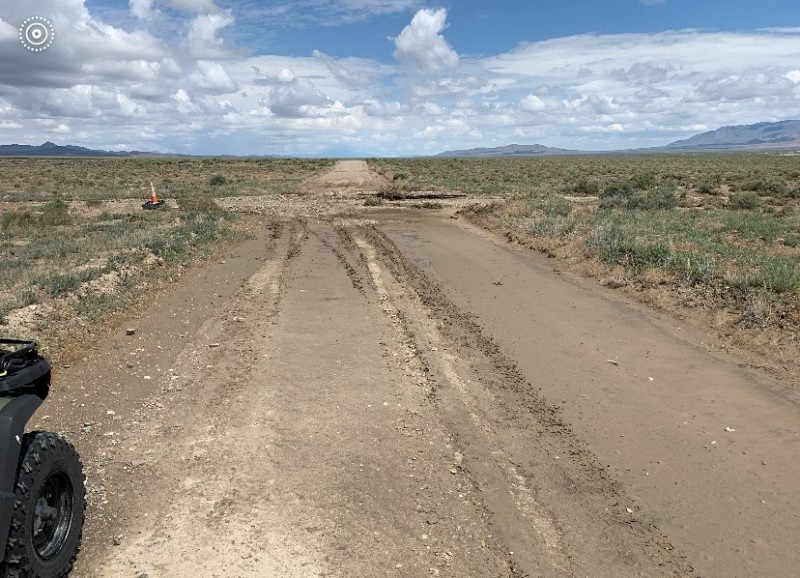
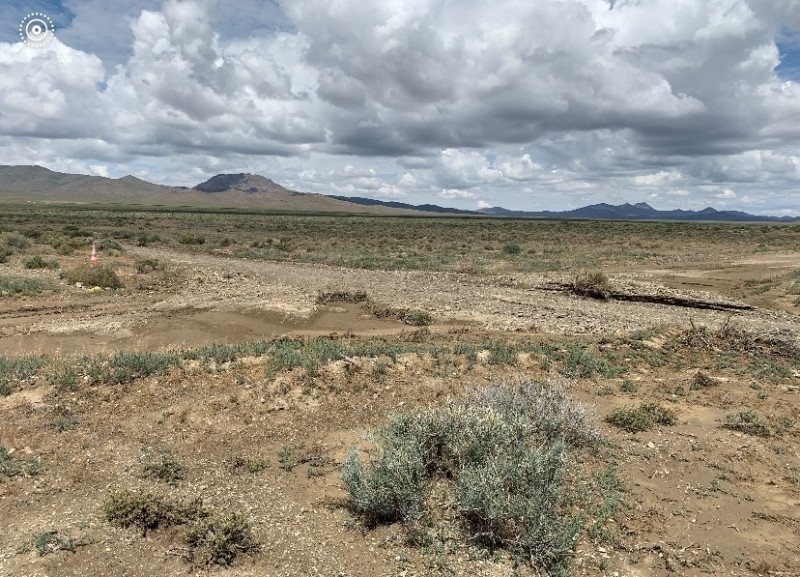
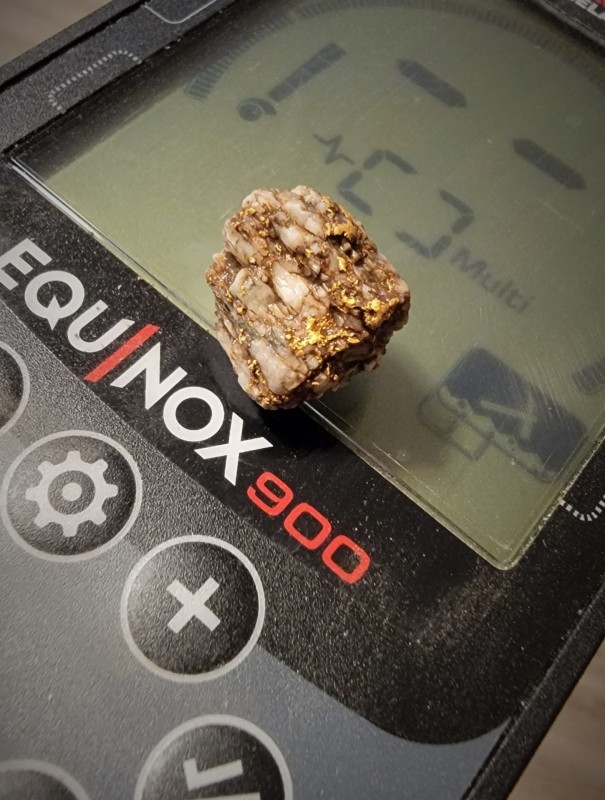
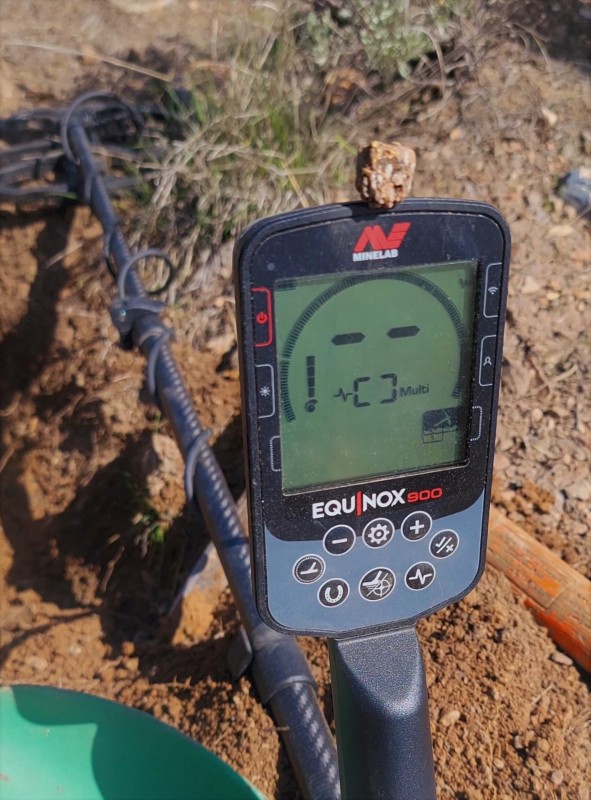
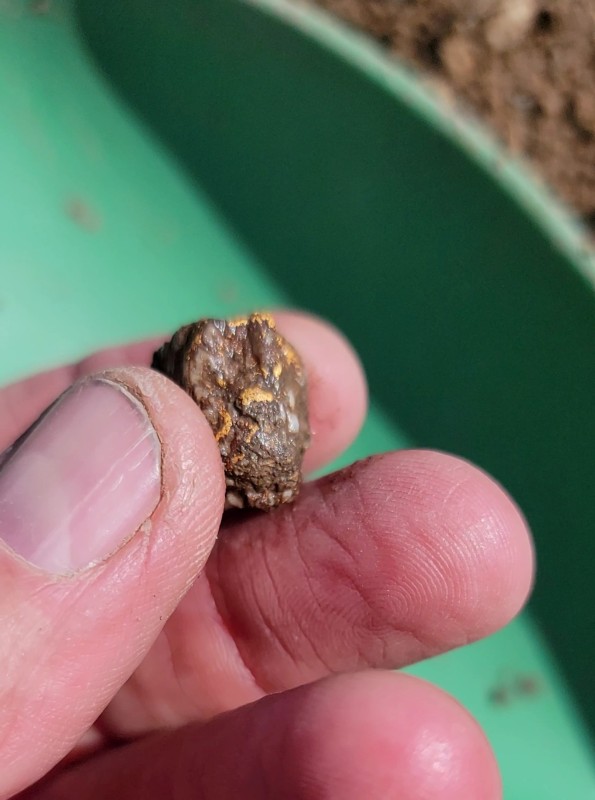
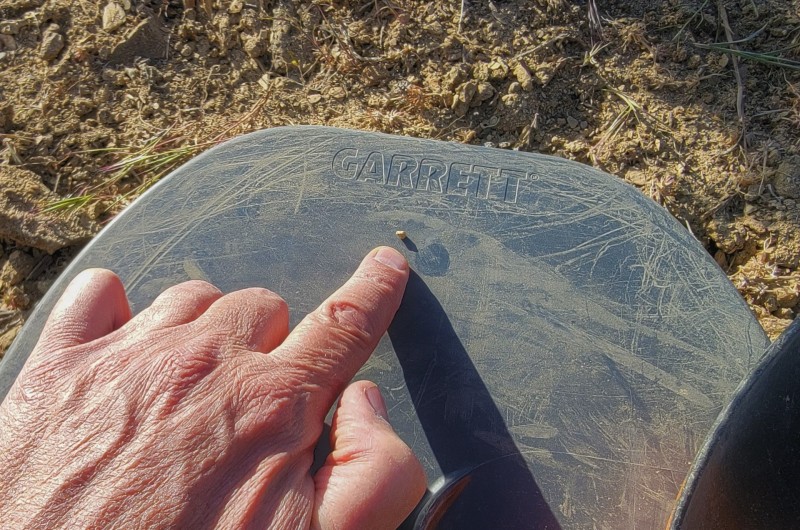
.thumb.jpg.a03949384e9ca2b05dfb06f81b9ecdcc.jpg)
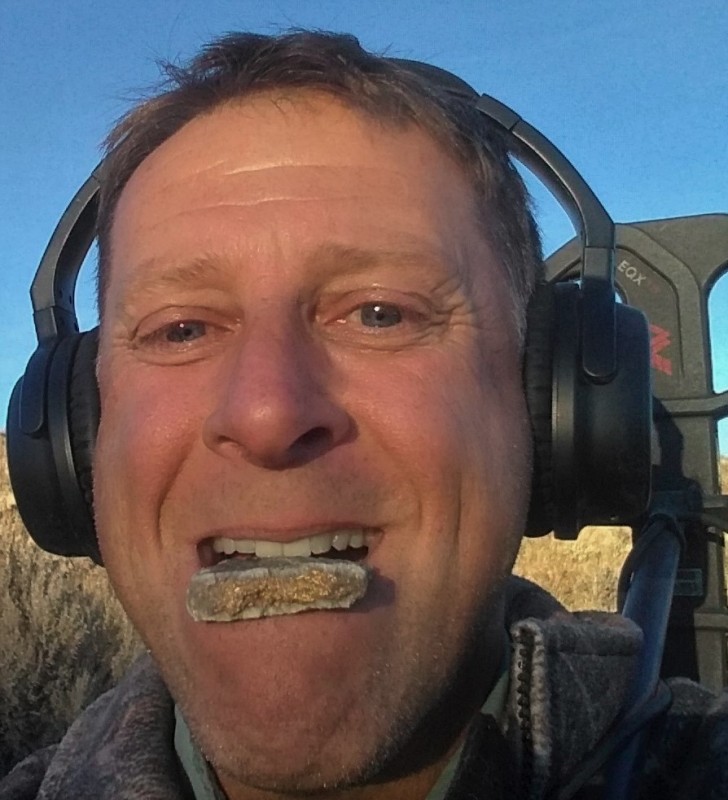
.thumb.jpg.3bb29a6400df1d999a5a02cbb38cc58f.jpg)
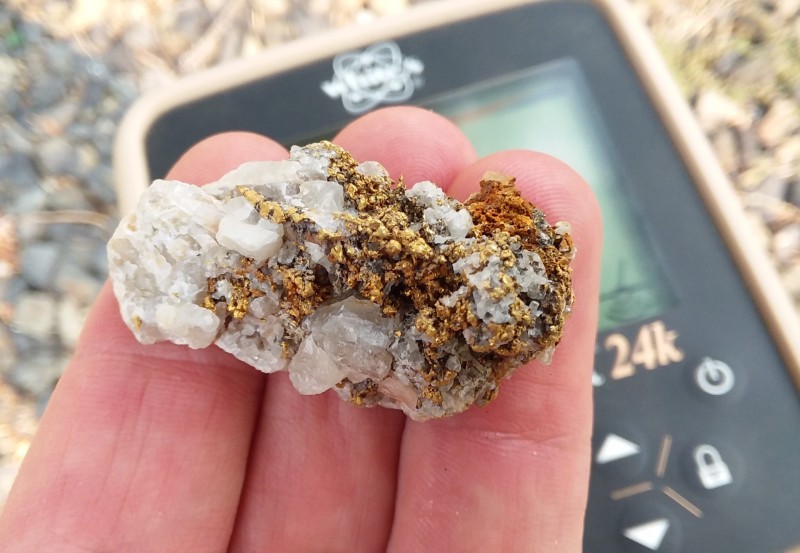
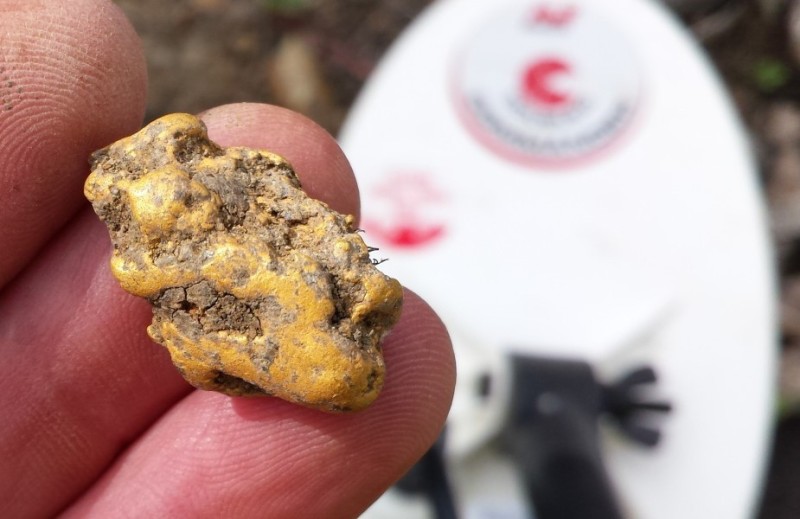
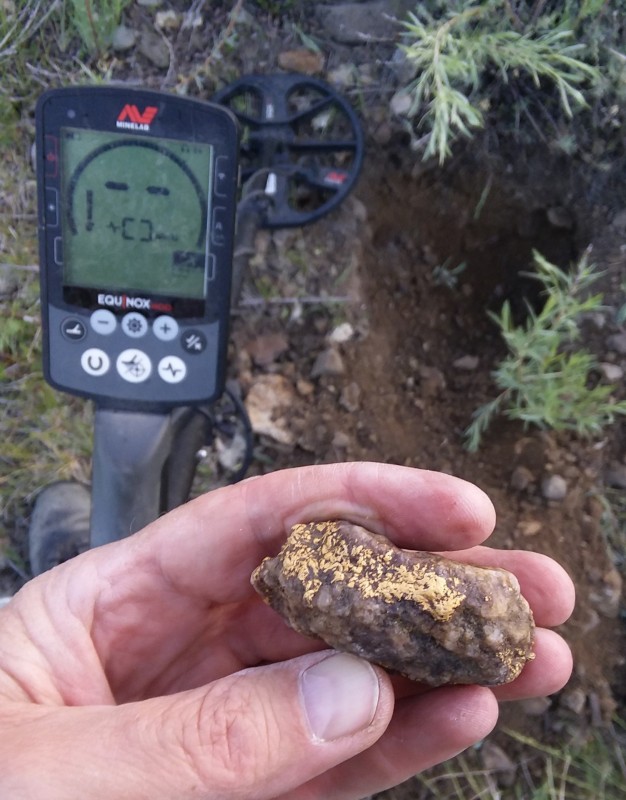
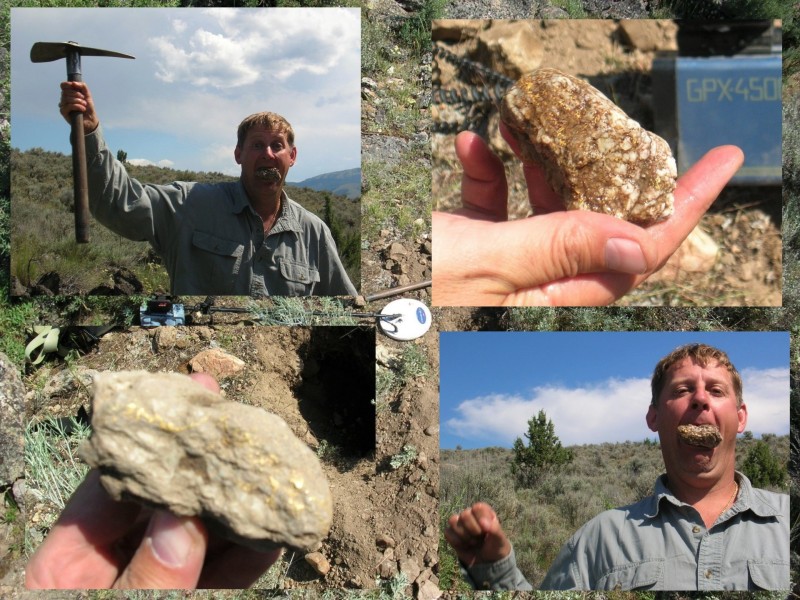
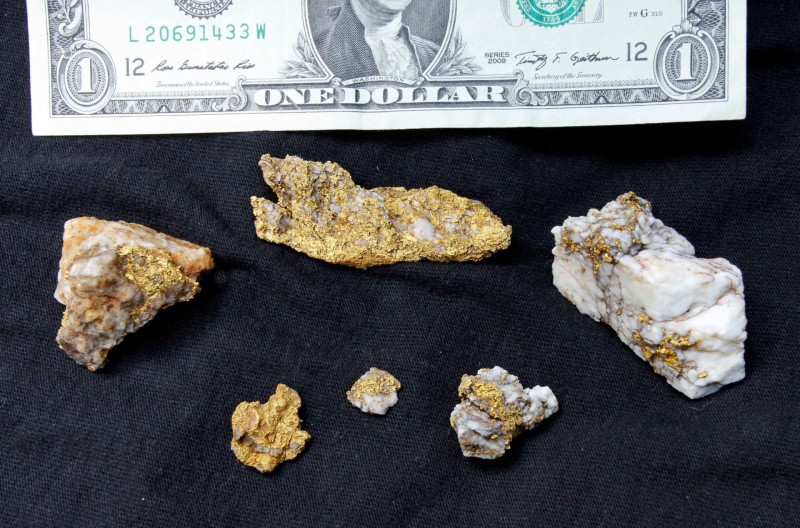
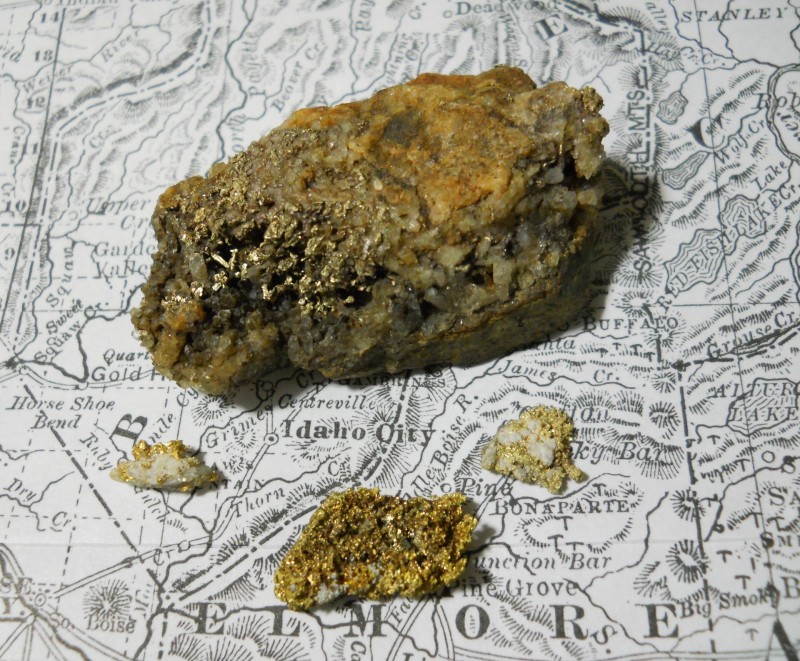
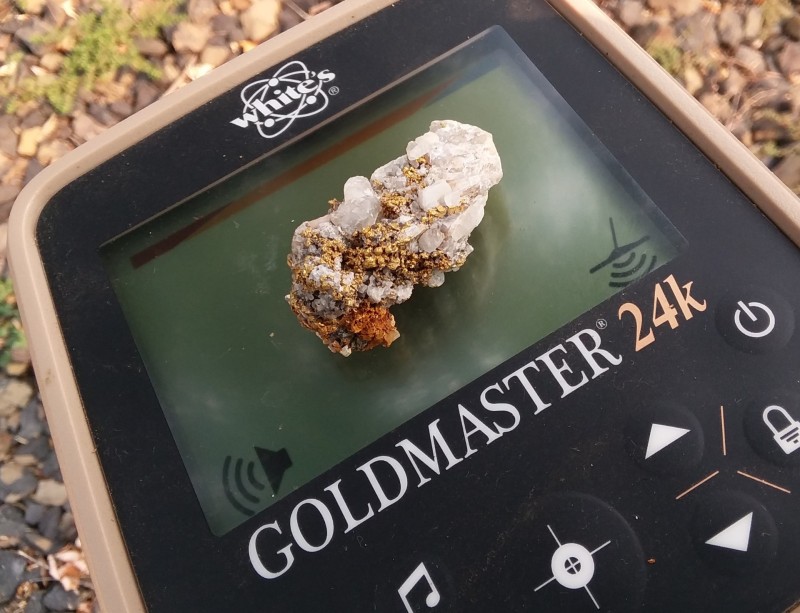
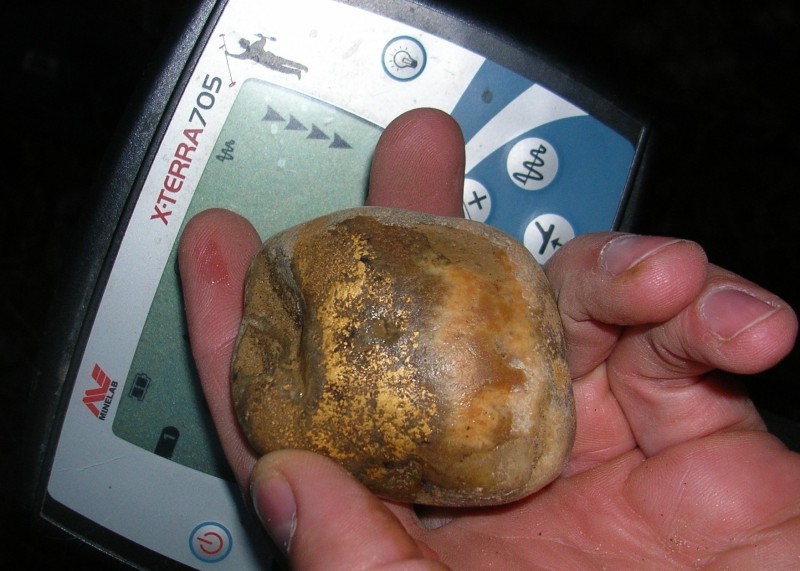
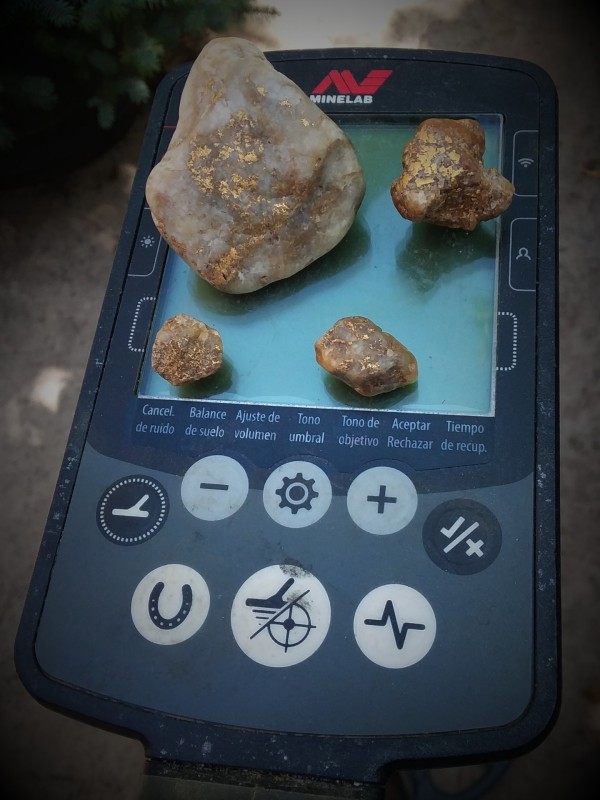
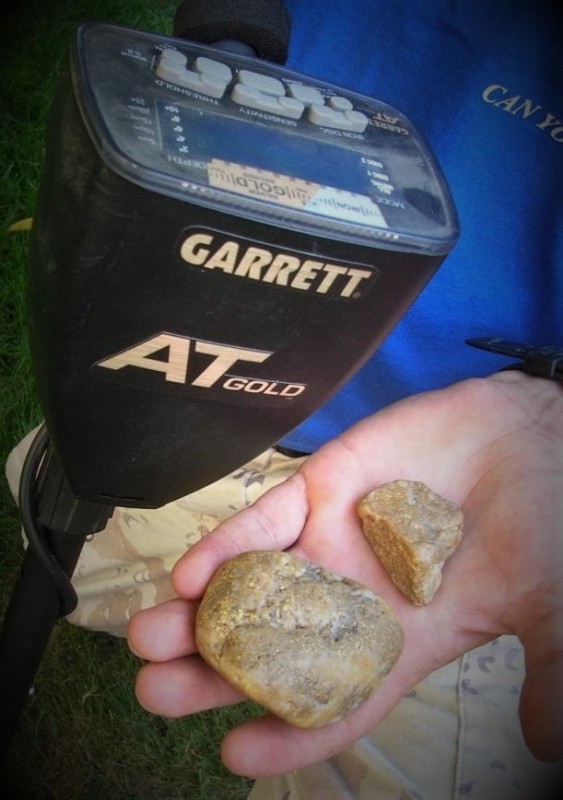
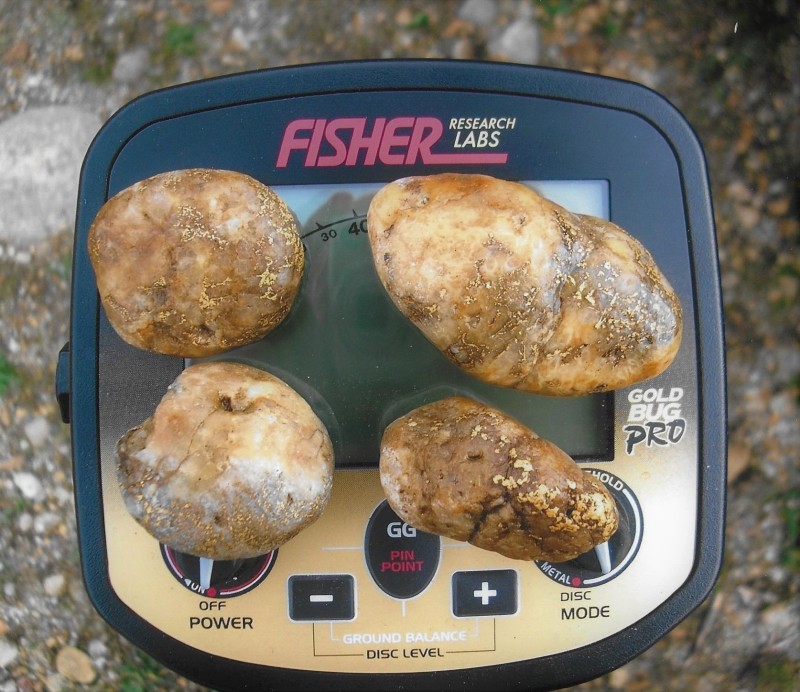
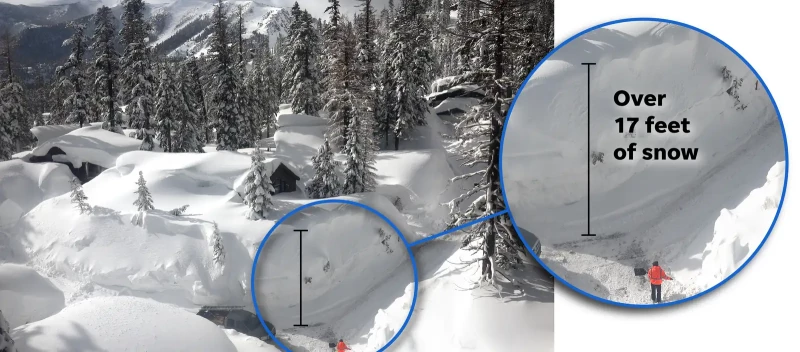
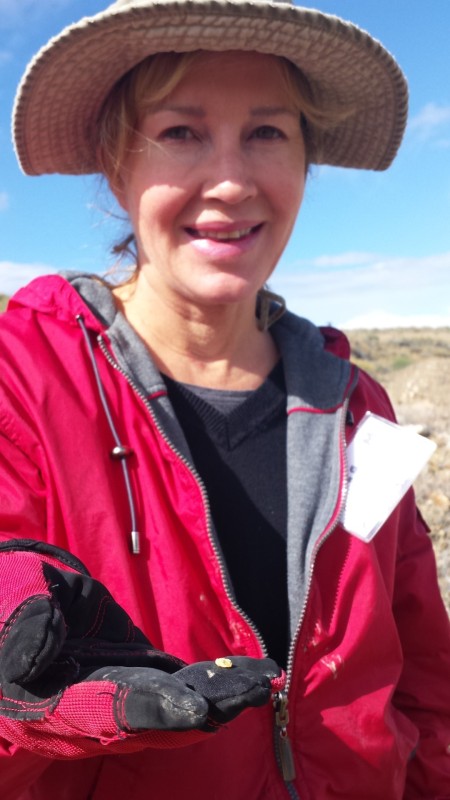
.thumb.jpg.ca015a97bf9f96e5c33da182aabafb78.jpg)
.thumb.jpg.0297c9af3da0174d002996fe7156c3bc.jpg)
